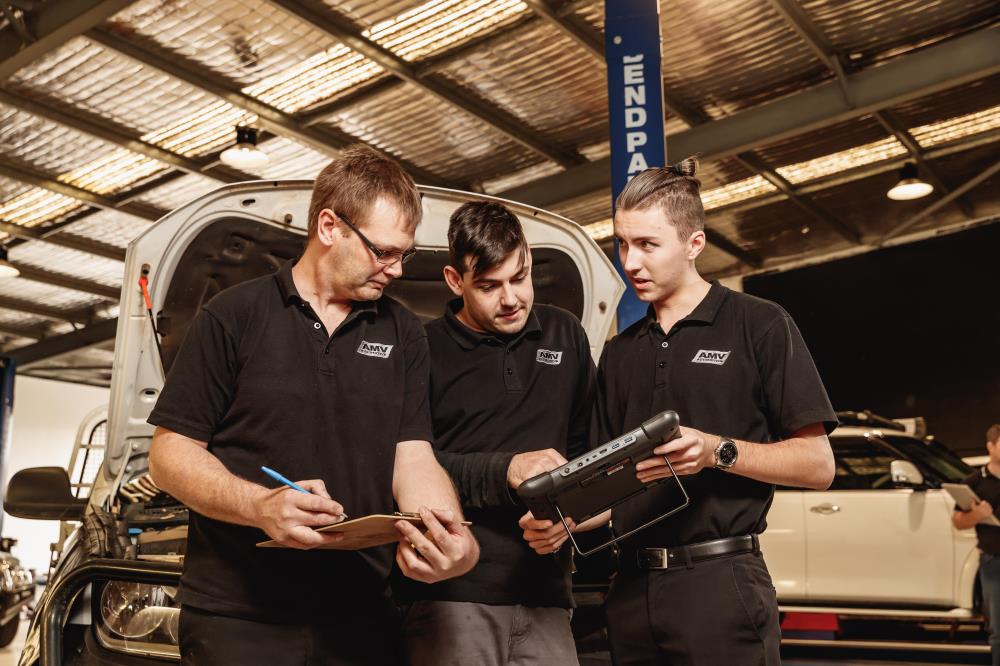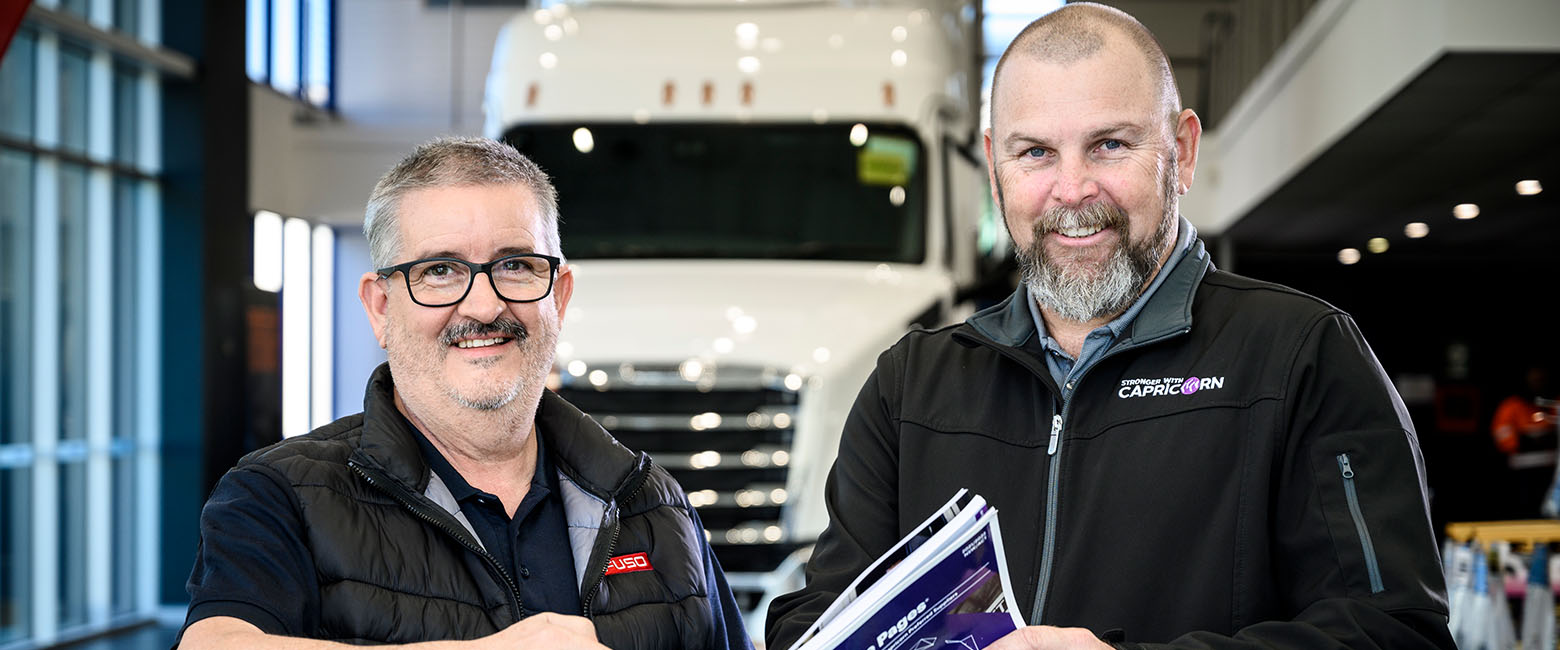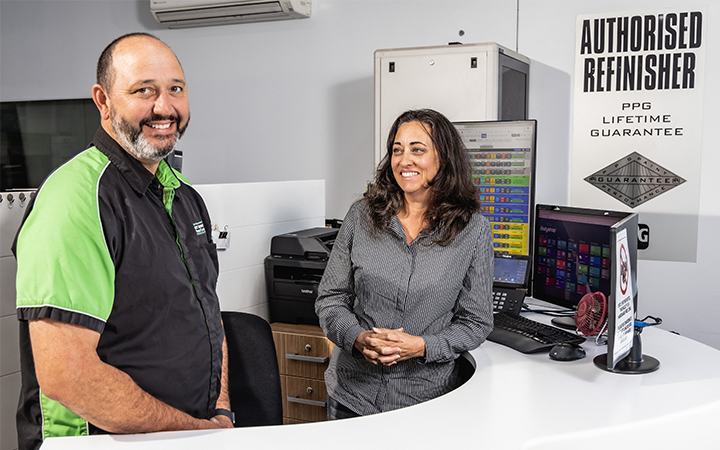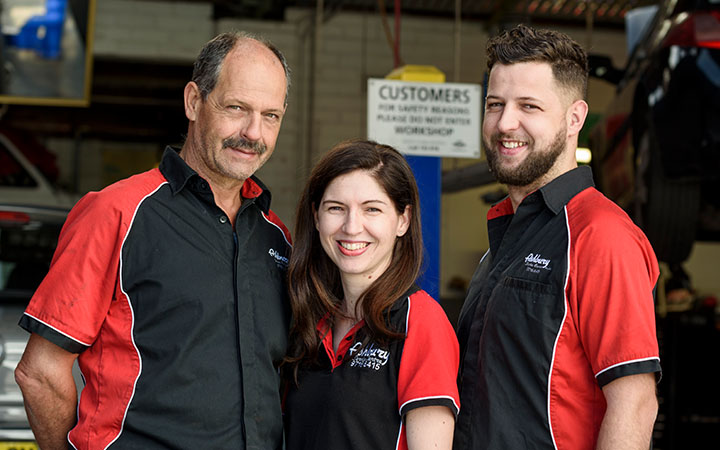The solution you are looking for you are looking for may well be collaboration.
For those like me who have been in this industry for many years, the dramatic changes in vehicle technology that never seem to end are hard to believe, and even more difficult to keep up with. Technology really has taken over the modern motor car — as if you hadn’t noticed.
The only logical reaction by workshop owners and their technicians must be that we all have to change the way we approach everything we do during our working day. This applies particularly to the process of diagnostics, which has really become our main trade.
We have progressed from those early years of fierce independence and secrecy by learning how to network. This has made the working day more tolerable, but is that enough? If not, what’s next?
The next step has to be ‘collaboration’. But what’s the difference?
The broad definition of collaboration is the process of two or more people, entities or organisations working together to complete a task or achieve a goal — just like cooperation.
Collaboration has long been one of the main drivers of business success. More often than not, businesses that put in place the right strategies and tools to promote and facilitate collaboration in business and knowledge sharing are more likely to come up with innovative ideas, form beneficial long-term partnerships and move ahead of the competition. Within such businesses, employees are often asked and even expected to collaborate, both internally and externally.
Professional aftermarket workshops need to adopt a program of collaboration now, to cope with the future.
In my view, the most meaningful collaboration begins with employees.
Internal collaboration involves individuals within the workshop or company working together on a problem car or project. This is otherwise known as teamwork, with workshop owners, managers and technicians playing like a team, even though their skills may be diverse.
External collaboration, on the other hand, refers to the exchange and sharing of knowledge and expertise outside the workshop walls, with the aim of helping to solve diagnostic problems. Along with the technicians, different parties can be involved in this process, ranging from suppliers to other workshops who in the past might have been seen as competitors.
External collaboration is something workshops may need to learn because it will be a foreign concept to many.

Its process is a bit more complicated and challenging than internal collaboration. Like thinking outside the square, the workshop will need to involve more diverse stakeholders. Strategically, workshops will need to determine which of their challenging job functions might benefit from involving external partnerships and their expertise in order to improve performance and productivity.
Once you begin this process, it doesn’t take long to identify the partners that will benefit your business. Usually, those who adopt this form of collaboration will find that the immediate benefits are less stress in the workplace and better productivity, which of course lead to better profits.
Collaboration can be taken to another level, with more formal strategic partnerships and alliances. This is where a workshop will have an agreement (formal or informal) with one or more other workshops or businesses. The aim is to share resources and expertise for the sake of the whole partnership.
This type of collaboration is the future for this industry. Workshops that form strategic alliances do so to diversify their service offerings, mitigate the risks associated with undertaking new types of work and lessen the impact of skill shortages. The overall effect is to futureproof competent automotive service for all customers. It must be obvious to all that it is no longer possible to undertake all types of automotive repairs under one roof with internal staff. The solution is collaboration.
Begin this new road to collaboration by asking yourself three questions: Where are we? Where do we want to be? How do we get there?
There are no right or wrong answers, nor is there a one-size-fits-all answer. Answers will differ to reflect the size of the company and perhaps the career stages of the participants, among many other reasons. Collaboration will obviously come in different shapes and forms and could involve very different people who you have yet to meet.
And don’t forget that despite the perception that everything can be replaced by digital technologies and artificial intelligence, emotional and social intelligence remain uniquely a human capability. The human element will always be at the forefront of the automotive aftermarket.
The future philosophy of your workshop will involve working closely with others, and to do that effectively the talents needed will be empathy, the ability to collaborate and communicate clearly. Exciting times are ahead.


